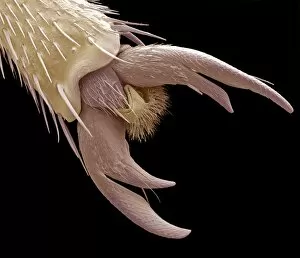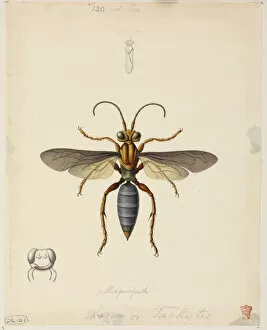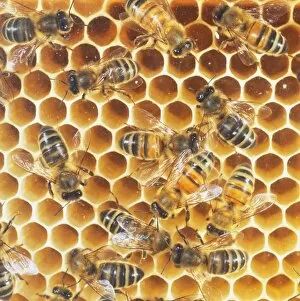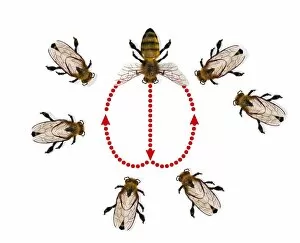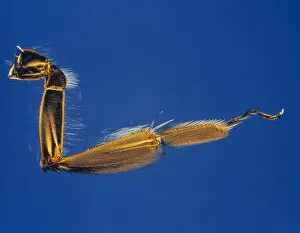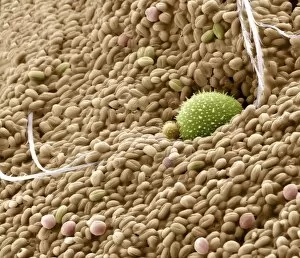Apoidea Collection (#3)
Apoidea, also known as bees, are fascinating creatures that play a crucial role in our ecosystem
For sale as Licensed Images
Choose your image, Select your licence and Download the media
Apoidea, also known as bees, are fascinating creatures that play a crucial role in our ecosystem. From the European honey bee feeding on ice plant flowers to the garden bumblebee queen nectaring on comfrey, these buzzing insects are constantly on the move, pollinating and collecting nectar. In Mexico's Loreto Bay National Park, a Western honeybee can be seen diligently pollinating desert passionflower. The vibrant colors of Danzante Island serve as a backdrop for this beautiful interaction between bee and flower. Meanwhile, in England's countryside, a garden bumblebee takes off from knapweed with grace and agility. These industrious bees work tirelessly to gather pollen and ensure the survival of their colonies. High up in Mount Namjagbarwa lies an incredible sight - Himalayan honeybees busy at work on their comb. This breathtaking image showcases nature's wonders at its finest. A composite image captures Wallaceas giant bee alongside its smaller counterpart, the European honey bee. Together they represent different species working together towards a common goal - sustaining life through pollination. Zooming in closer to Norfolk, England reveals a close-up view of a honey bee comb filled with larvae nestled snugly within cells, and is here where new generations of bees are nurtured and prepared for their vital roles within the hive. The garden bumblebee gracefully flies towards foxglove flowers while seeking nourishment. Its delicate wings carry it effortlessly from one bloom to another as it collects precious nectar along the way. Another scene unfolds in Monmouthshire as a honeybee hovers above bluebell flowers before landing delicately upon them. This symbiotic relationship between insect and flora ensures both thrive harmoniously within their shared environment. Not far away, we witness a field cuckoo bumblebee feasting upon goldenrod blooms. These resourceful creatures have evolved unique strategies to survive by infiltrating other bumblebee nests and laying their eggs, relying on the host colony to raise their young.



